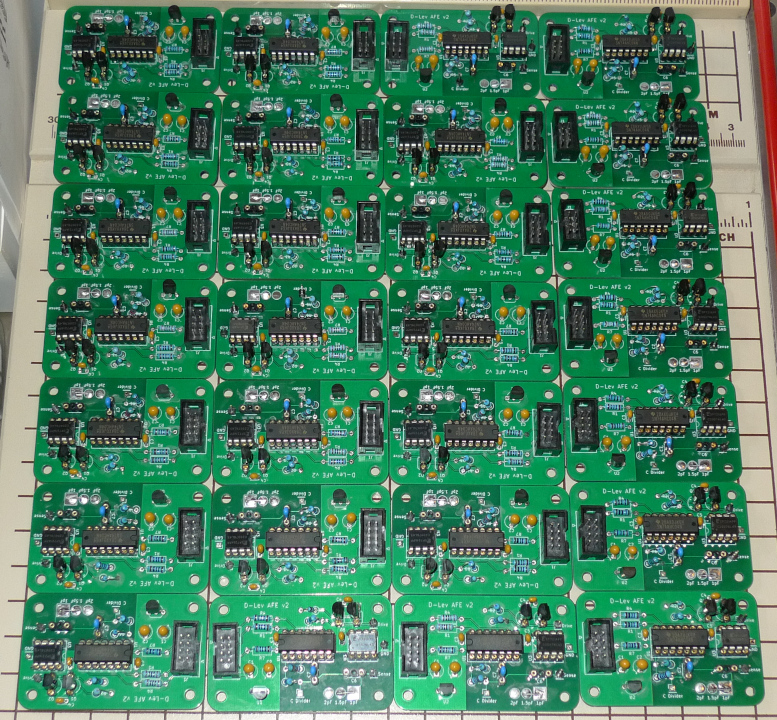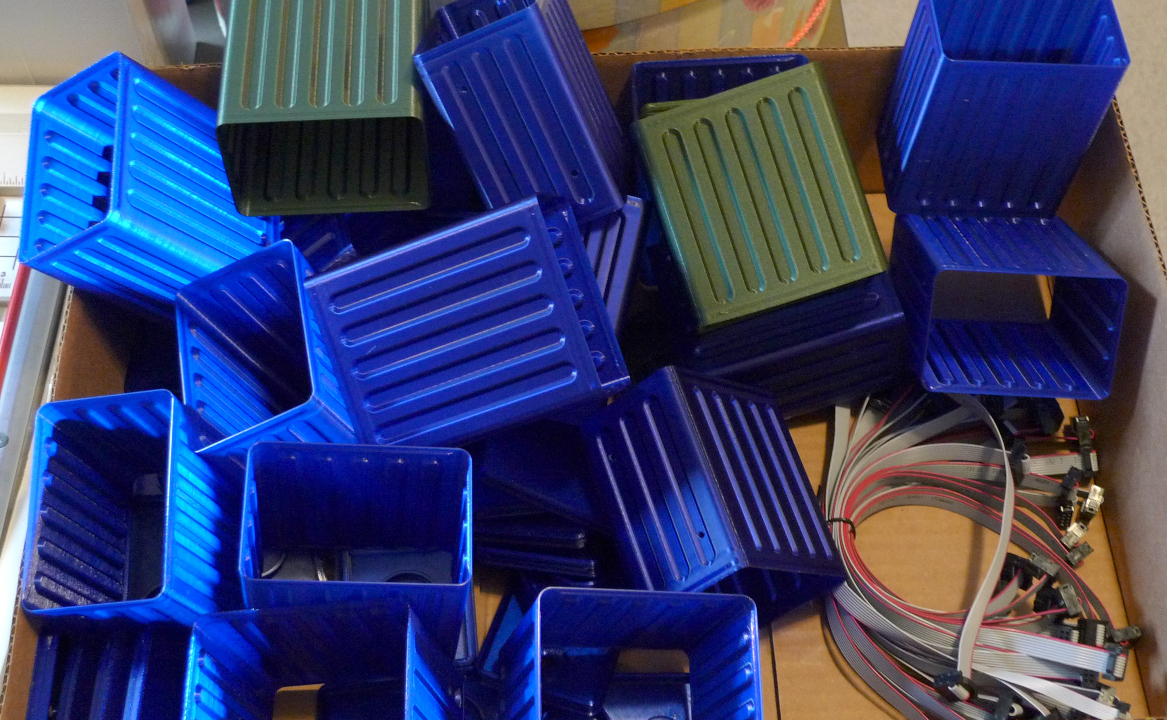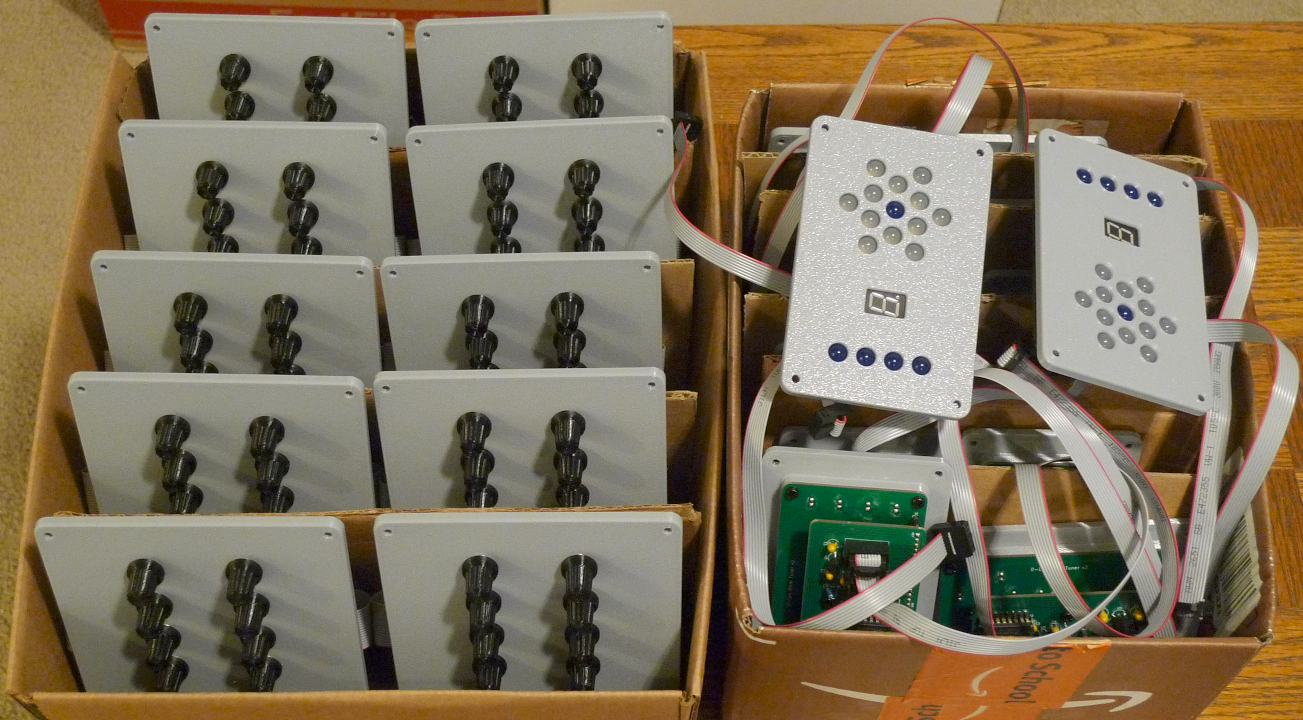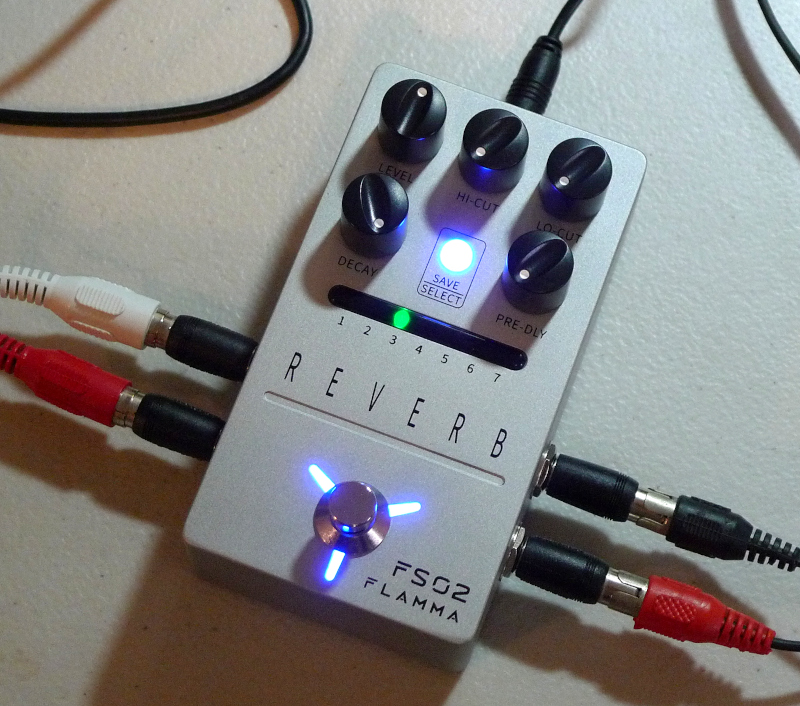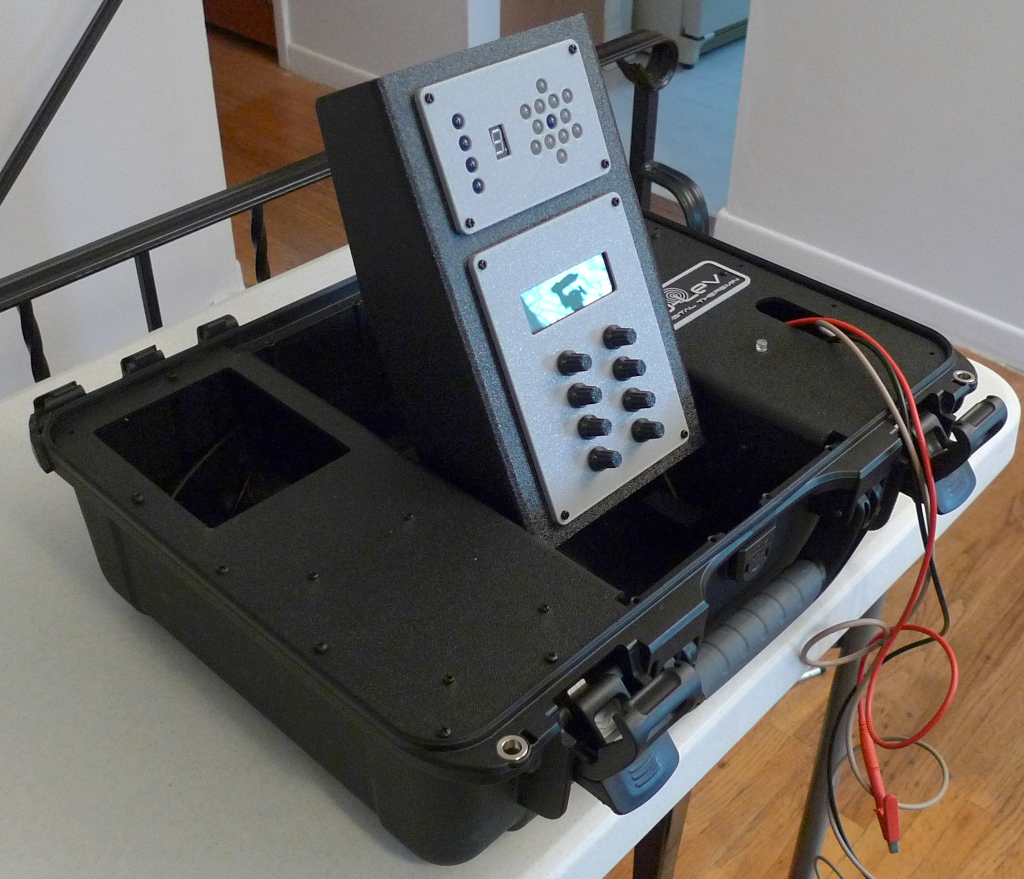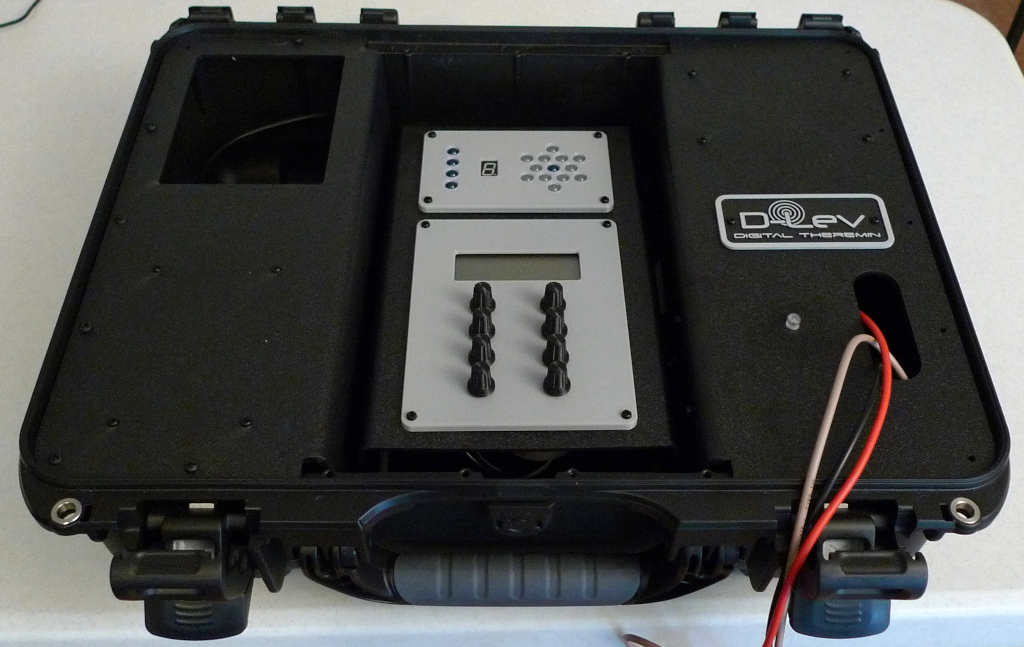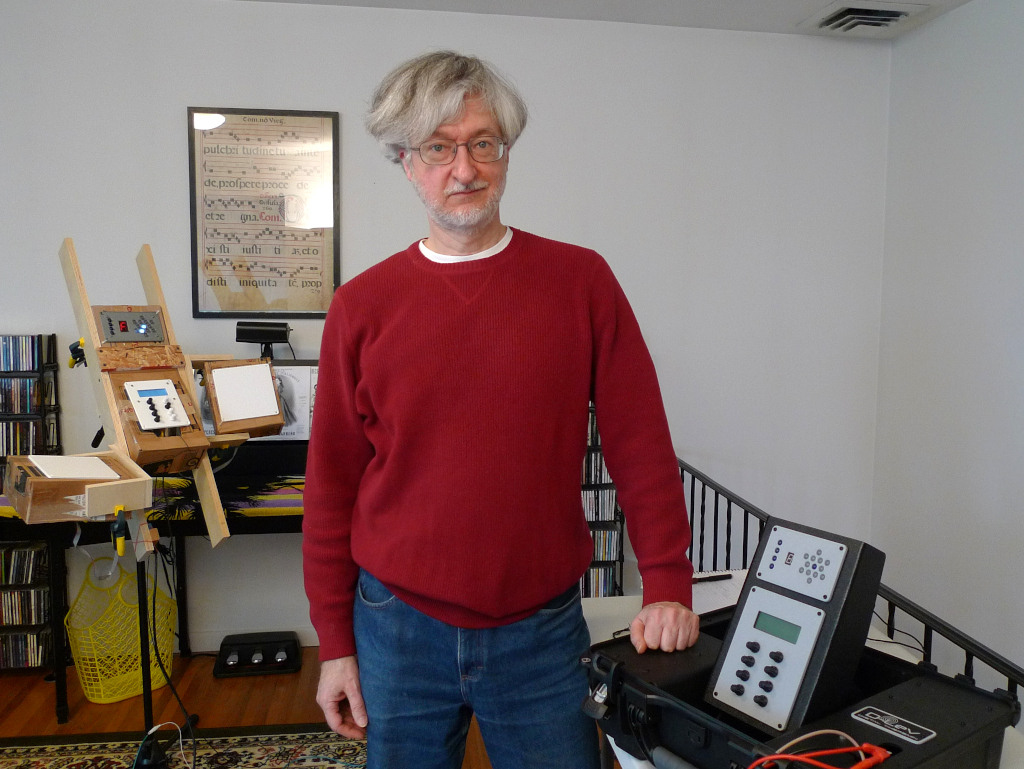"D-Lev's linearity is a kind of comfort zone. With a D-LEV properly tuned, the Theremin suddenly becomes easy to play, which is good. As an average player, I am happy because I can focus on the music and not on how to deal with non-linearity." - Mr_Dham
Yes, I'm the same. And I wouldn't be even thinking about it, but there are lots of folks out there who are highly acclimated to analog fields.
"Anyway, one could look at the problem in the opposit way: after a certain time, will I be able to use another theremin? But this can be resolved by playing an analog theremin from time to time in order to develop appropriate flexibility."
Agree, although the D-Lev might be their only Theremin.
"BTW, Is there two analogue theremin with same linearity and pitch response ?"
Excellent point, what is the target? Bass coupling aside, all non-EQed analog Theremins have identical pitch non-linearity, but that's about it.
"That said, voulume "drop" is very helpfull in "higher-louder" volume mode in oder to reach silence before touching the plate."
I find it useful it even in the closer=louder volume mode.
"Pitch "lift" would help to copy the effect of frequency that looks like going to infinite when reaching the antenna (I have it on my "no serial inductance" theremax). I used it as an effect but it never helped me for playing music precisely."
I implemented and am playing around with various combinations of analog mode and Drop / Lift on the fields. I was kinda sorta hoping analog mode would win overall (and make ME blameless too!) but I think Drop is more useful on the volume side because it can be used to enhance the quiet zone with closer=louder as well (but I repeat myself). And Drop doesn't require the hand to be near the antenna to go non-linear.
I'm a little torn between Lift and analog mode on the pitch side. Analog mode is certainly authentically non-linear near the antenna, but with Lift the strength of this can be dialed in, which might get one closer to both EQed and non-EQed instruments. And Lift doesn't mess with the linearity of the far-field, which I think is important too.
I don't think players really care about the "analog authenticity" of the volume side, they mainly want something that works with their style. Volume responses tend to be all over the place anyway.
So, "blameless" is great goal and all, but I believe utilizing the natural non-linearity of the analog response is probably not an ideal situation for the pitch nor the volume fields in a linearized instrument. One should linearize first, and then deviate from this with various polynomials.


